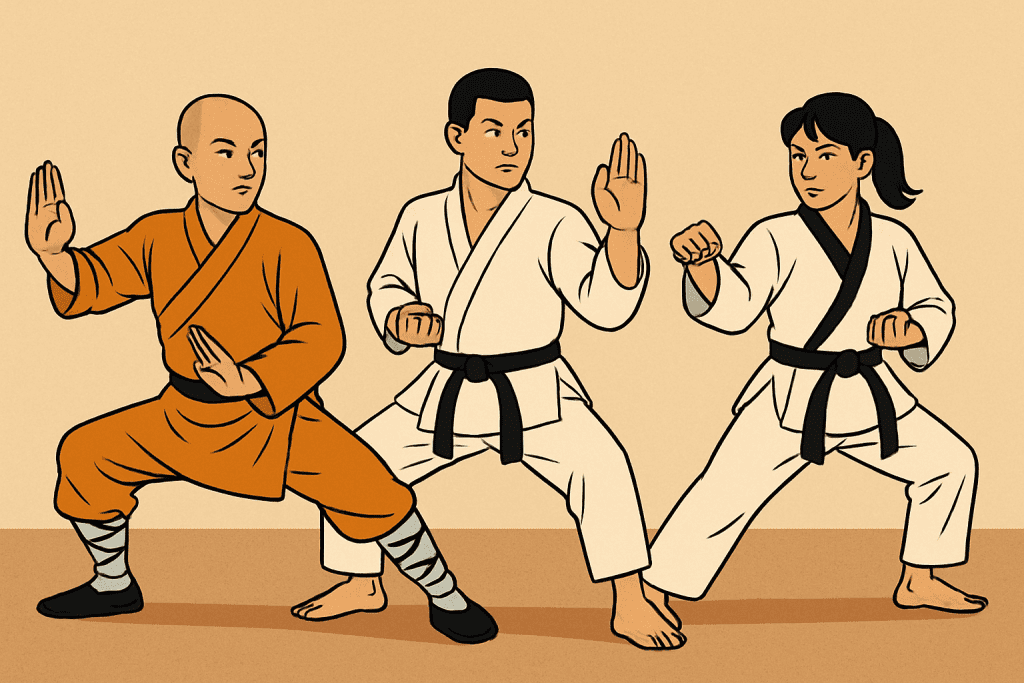
Let’s be honest: in a real fight, no one’s going to let you finish your beautiful kata or poomsae. That’s why many in the self-defense world dismiss traditional forms as outdated or even useless.
But here’s the truth most don’t talk about: Forms weren’t originally created for show—they were created for survival.
The Real Origin of Forms
In ancient times, warriors didn’t always have sparring partners. Forms were solo blueprints to train deadly techniques—strikes, grabs, takedowns, escapes—against multiple attackers. Every move had a purpose. It wasn’t choreography; it was coded combat. They were once powerful training tools meant to preserve and transmit real fighting techniques.
The problem? Over time, martial arts became sports and performances. Forms got watered down, stylized, and stripped of their original intent. Flash replaced function.
A Brief History of Forms
The history of forms stretches back centuries:
- In China, styles like Shaolin Kung Fu developed elaborate Taolu to preserve their systems. These were influenced by military drills, animal movements, and battlefield tactics.
- In Okinawa, Kata evolved under the influence of both Chinese martial arts and indigenous fighting methods, later forming the basis of Karate.
- In Korea, Hyung and later Poomsae were developed post-war as part of national efforts to unify martial arts systems like Taekwondo.
Each culture used forms not just as training tools, but as a way to codify knowledge, especially in times when oral or written instruction was limited.
So, Are They Still Worth Learning?
Yes—but only if you strip away the fancy stuff and train them the right way.
In Reality-Based Defense, we don’t perform forms—we extract from them:
- Practical moves for real-world violence
- Fast responses under chaos
- Response memory training under pressure
- Drills that simulate real threats
Conclusion
Forms were never meant to be performance pieces. They were living libraries—preserving the knowledge of warriors who fought for survival. While modern interpretations have diluted their combat value, the original essence still remains—waiting to be rediscovered by those willing to look deeper than the surface.
